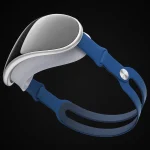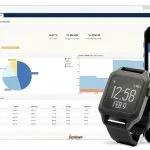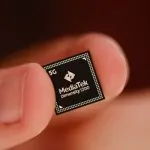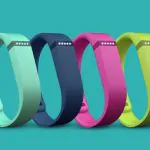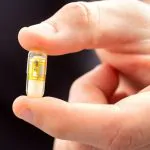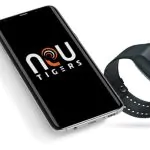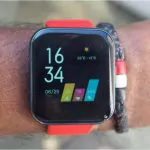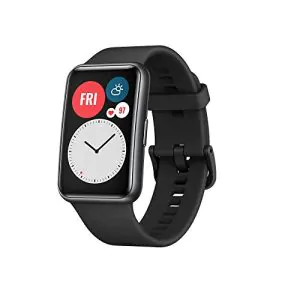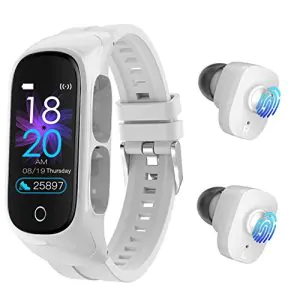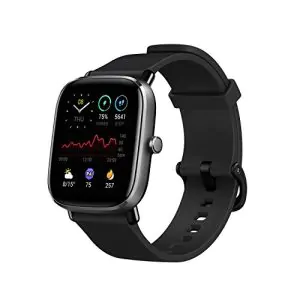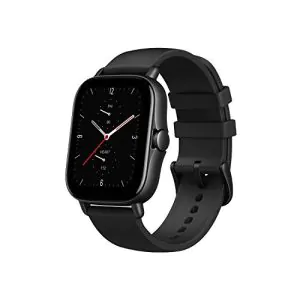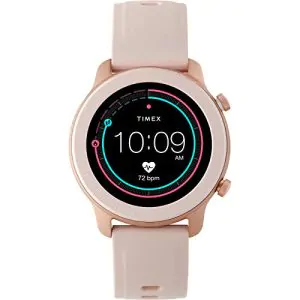November 5, 2005 Auto Skins is a product that has been on the Australian market for several years. Developed by the aptly named promotional company Decently Exposed, the AutoSkin is a digitally coloured skin for automobiles. You can have high resolution artwork emblazoned on the skin which is then bonded to the car and indestinguishable from normal paint other than by its photographic reproduction. The AutoSkin has the double advantage of forming a protective coating which can be stripped off to reveal the original, as-new unblemished duco the car came with. Over 2500 cars have been reskinned to date with corporate branders the logical first-movers, but an increasing number of innovative marketers and consumers keen to individualise their most public personal expression.
The skins sells for between US$1500 and US$3000 depending on the amount of real estate needed to be covered and the complexity of the design. They’ll work from your artwork and when you start making more than one, the price drops quickly. For US$3000, a luxury-sized car can be completely reskinned with digital imagery of your choice – that price includes the creative design, manufacture and fitting of the skin to create a new vehicle with a completely different look.
To date, the most cost effective billboards have been the diminutive smart car with its cleverly designed interchangeable panel system that enables rapid reskinning with almost no down time for the vehicle. The smart displays an intelligent, high tech, low footprint, good corporate citizen attitude that sits well with any brand and has attracted AutoSkins from a list of the most prominent and innovative marketers -McDonalds, Coca Cola, Nokia and Australia’s largest fleet, that of Australia’s telco giant Telstra.
For brand custodians, the scheme is a Godsend. Every pixel and PMS tone can be pixel perfect to any colour standard, exactly where you want it, be it on the windscreen or the bumper bar.
For the individual, it will mean the ability to have their car in leopard or zebra or crocodile skin, to tell a story, to display their artistic flair, and to put their particular individuality on show via their automobile.
Take a look at the detail in the Joy FM smart car. The Australian radio station targets a gay audience and the company took advantage of the intricate detail enabled by the AutoSkin to produce highly detailed artwork. When you first see the car you are drawn to it by its intricacy and it’s near impossible not to find yourself examining this rich tapestry in detail from a few inches away within 60 seconds of laying eyes on the car.
Powerful marketing? You bet.
And with such a vast canvas available, Joy FM was able to tell a very detailed story about what they do and the lifestyle it espouses and caters to.
For small and local marketers, the ability to re-skin a car regularly and very cost-effectively means cars will become local mobile billboards and we see many opportunities for every business to utilise the marketing opportunity. The National Gallery of Victoria uses the skins to promote its coming exhibitions. A local ski resort uses it to great effect.
Finish wise, the product cannot be faulted –Moet & Chandon, LVMH, Burberry, Loreal and Louis Vuitton are brands that cannot compromise their values with less-than-perfect quality – brands that in using the auto skin have verifyied the finish and quality and colour reproduction of the skins.
The history of the automobile has shaped largely by the production techniques man has been able to conceive and implement until now. When the industry began, parts and panels were painted by hand with a brush. Then came spray painting, electrical coating and now, full digital, high resolution reproduction.
We are now proceeding into the era of e-commerce – where consumers will be able to order whatever they want electronically directly with the manufacturer to specify the exact detail of the item and the process will give rise to an era of mass personalisation.
The production lines of most automotive manufacturers can already produce an array of models to any specification, so the step to digitally decorating your next car is not beyond reach.
Mass marketing is giving way to one-on-one personalisation. Consumers will find many opportunities to express their individualism in the coming era – they will be able to get the products they want in the latest style and colour, when and how they want them.
In terms of personal marketing and the public display of personal brand values, the automobile plays a key role. There’s how you act, what you wear, how you style your hair and how you present, but only people very close to you will notice.
For the wider community, your car and home are the most prominent public displays of who you are.
In many advanced nations, the personal automobile has long since transcended the basic necessity to get from point A to point B and personalisation, customisation and a dizzying array of models, colours and optional extras have enabled our transport to become physical manifestations of who we are.
Those possibilities are endless and the technologies are readily available to do just that, in quite remarkable detail. Toyota showed its POD a few years back which eventuated in the company patenting a car that will display how you’re feeling, by wagging its antenaau or arching its eyebrows with different coloured lights to signify different emotional states.
The ongoing trend of expressing one’s individuality on the roads
As the automotive industry has evolved over the last 100 years, this trend towards personalisation has been gradually increasing to the point where it is currently expanding at breakneck pace.
When Henry Ford set up his production line and revolutionised the automotive industry, you could buy have any colour car you wanted as long as it was black. The reason was that it took weeks for the paint to dry before advancements in paint chemistry by DuPont yielded the Duco lacquer paint which cut the process of drying from weeks to hours and enabled General Motors to become the first to use other colours on its fast moving assembly line in 1923.
As colour choice became available from all auto manufacturers, naturally enough, the incumbent black maintained a healthy lead for a long time in the popularity stakes, but inevitably other colours came to the fore.
World War II put a big dent in the availability of colour, and there were still issues with some colours (notably red) which caused the pigment to fade until the mid to late the late fifties.
The colour white became “the new black†in the sixties as fleet sales grew and was the most popular colour for several decades prior to the turn of the millennia. Du Pont reports “basic colour family popularity showed evolutionary change in 2000. As forecast, white, a perennial leader, has been displaced by silver in both Europe and North America. The exception is American luxury vehicles in which fine mica pearls have given white new interest. In North America, green has given way to blue, a favourite in Europe, and yellow has emerged as a top 10 colour.â€
Though silver maintains an overall market share advantage across all models and makes, there are still different colour preferences depending on the vehicle size and style (luxury, sports, SUV), and different geographic and cultural markets vary dramatically in their colour choices too, as can be seen from the accompanying charts.
And the vehicle customization market continues to grow in popularity, as seen on television shows like “Monster Garage” and “Pimp My Ride.” In fact, the American market for specialty auto parts — which can include everything from new tail lights to spoilers and rims — has grown into a US$31 billion industry and the Asian market is equally as robust with Europe still warming up.
Look at the incredibly healthy trade in personalised numberplates across the world and it seems the public is seeking to express itself in the new age of the individual, and the technologies are arriving to supply the demand at the right time.
Accordingly, we see the development of the Auto Skin as very significant. We see the distinct possibility that our roads will begin to look very different as the ability to create breathtakingly detailed mobile 3D murals becomes apparent to the marketers of the world.
Decently Exposed and TaylorMade developed the heat treated vinyl to enable it to be moulded either partially or totally to the body of a car and as the demand grew, the process has been further and further refined to the point where the company is setting up offices in the United Kingdom and seeking expansion nto all markets with the product.
The company will have an office in the United Kingdom in the New Year, and expressions of interest in distribution or licensing of a territory can contact John here.
The kicker is that apart from the promotional aspects, the AutoSkin acts as a sort of insurance policy that costs around about 10% of the cost of the car and lasts the life of the car. When it comes time to sell, the skins strips off to reveal the car exactly the same it was the day it left the showroom, with no stone chips or fading of the duco. And it means that you can choose a car in a popular colour that’ll add value at resale time, without having to drive it like that.
We’re kinda looking forward to the age of personalistion. The coming age of global personal communications is already spawning a generation which is known individually by names they have chosen for themselves other than their given names, from “rubber ducky†to TigerGal. People are representing themselves in different ways in a dozen different environments from chat rooms, to blogs, to 3D environments. To some their avatar is their favourite car or a piece of artwork or a representation of their primary brand values. As the world moves from the desktop metaphor to a 3D graphical user interface, the 2D avatars we are increasingly seeing will become three dimensional avatars and we’ll each have real and an online persona or personas.
In a parallel way, our cars are very likely to become ever more expressive representations of who we are.
And while we’re on this individualisation, trend check out what they can do digitally with clothes, buildings and trade show design down at Decently Exposed.
